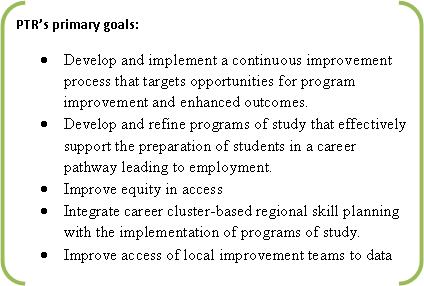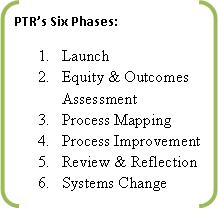The concluding session at last week’s Fall Meeting in Baltimore, Maryland was a listening session on Perkins reauthorization, moderated by Assistant Secretary for Vocational and Adult Education, Brenda Dann-Messier, and Sharon Miller, the director of the Division of Academic and Technical Education. Assistant Secretary Dann-Messier told the attendees that this listening session was going to be the start of a national conversation about Perkins reauthorization. She and her staff plan to host a series of listening sessions that will conclude at NASDCTEc’s Spring meeting in April 2011. She also said OVAE is soliciting feedback and comments from the public about Perkins reauthorization at cteconversations@ed.gov.
The session was structured around four topic areas: Programs of Study, secondary to postsecondary transitions, performance measures, and whether there should be more specific or common measures and definitions, including regulations.
Programs of Study
- States questioned how the OVAE 10 component framework would affect the work states have already done in developing and implementing POS
- It is appropriate for the federal legislation to encourage transition between learner levels
- Many states felt they have been successful in implementing POS, but there have been some obstacles:
o  Need to better engage postsecondary, but Perkins does not mandate secondary and postsecondary collaboration
o  Need a clear definition of POS
o  Not all community colleges offer all POS, so it can be limiting for students
o  It is also limiting for students that many four-year colleges do not accept credit from two-year institutions
Secondary to Postsecondary Transitions
- There was agreement from many states that articulation agreements help students transition from secondary to postsecondary, but there remain problems that states must overcome:
o  Two-year schools are struggling to get four-year schools to accept credit
o  Not all states have statewide articulation agreements
o  As more and mores students flood into community colleges, there is less of a priority in serving high school students through articulation agreements and dual enrollment
- There was some concern about the ability of federal legislation to mandate secondary to postsecondary transitions in some states because of their governance structures, especially if the State Director only has authority over one system (secondary or postsecondary)
- Guidance and counseling would help with transitions
Performance Measures
- There was some concern from states about several of the current performance measures:
o  Academic attainment at secondary level – because students are often tested before 11th grade (when most students begin CTE), it is tough to the impact of CTE on academic attainment
o  Certificate completion at postsecondary level – the results go to the students, and it is hard for states to track this information
o  Technical skill attainment at secondary level – this is tough to measure, and is not always appropriate at the secondary level
o  Placement at the secondary level – tough to track because of FERPA restrictions on collecting data
Common measures/definitions and regulations
- While a handful of states said they would want to head in this direction, it seems unlikely to happen because it would be too tough to accomplish
- Other states argued that the drive to make states too similar is the wrong direction to go in



 The PTR process is structured around six phases, described in this
The PTR process is structured around six phases, described in this